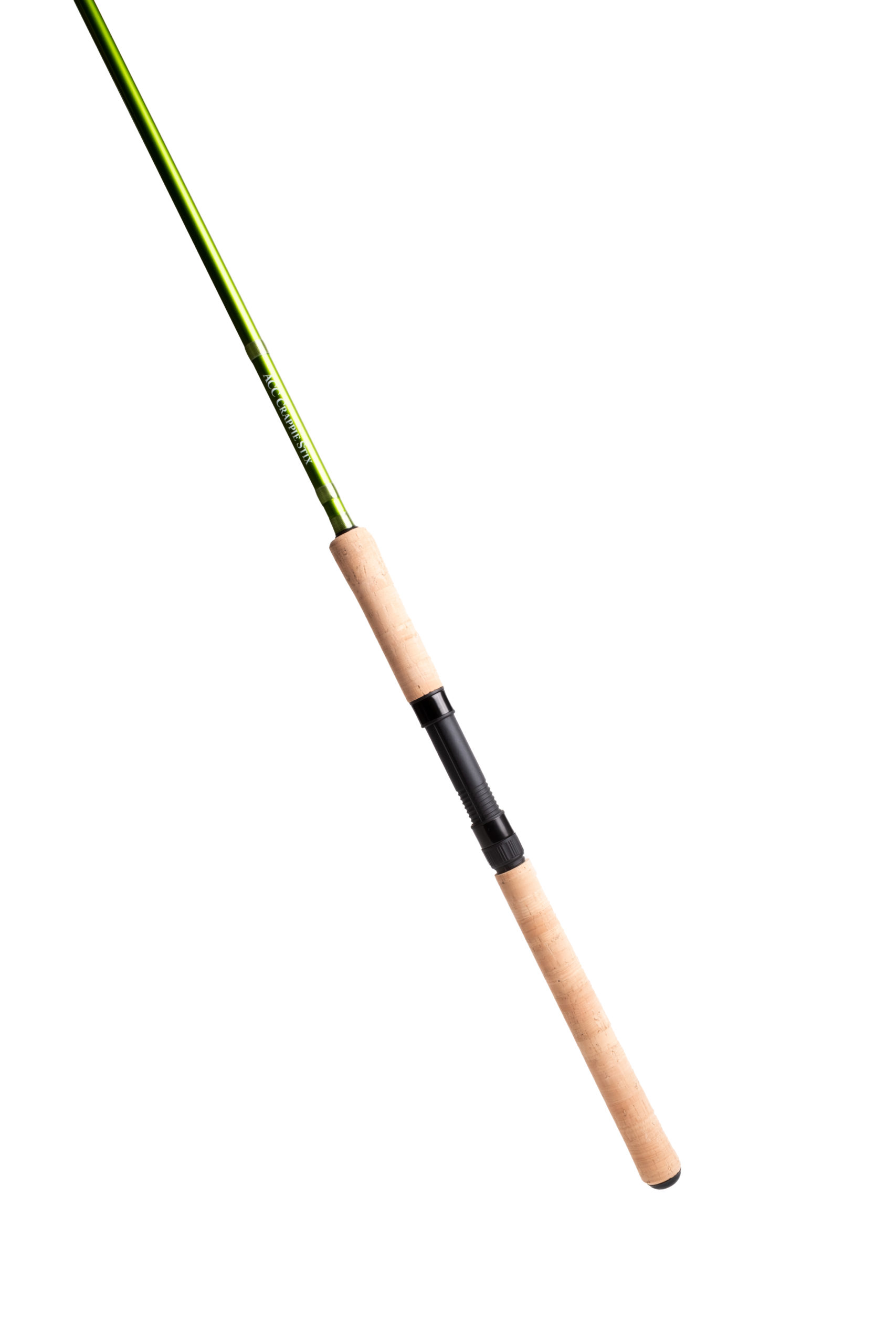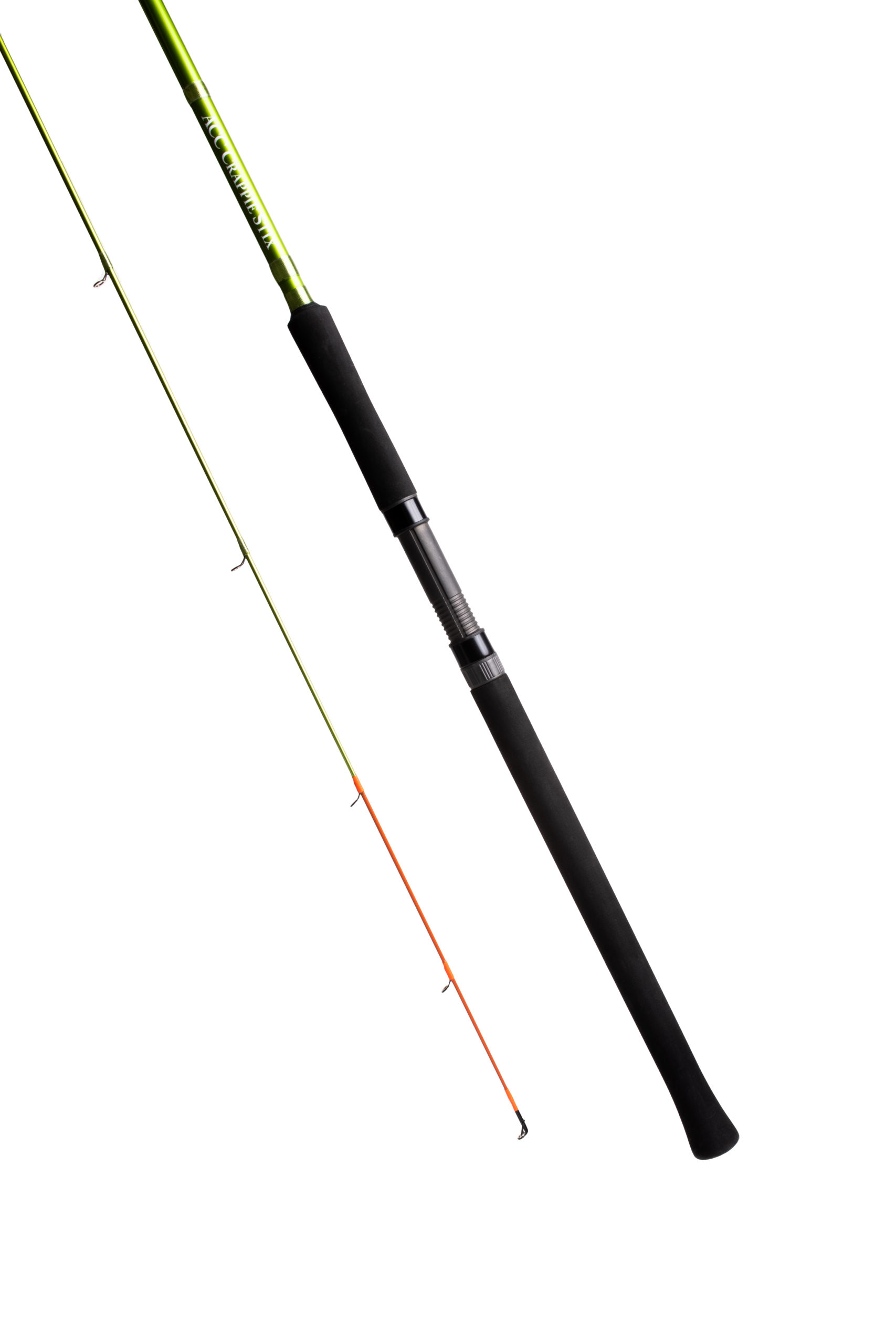Minnesota Spring Crappie Fishing
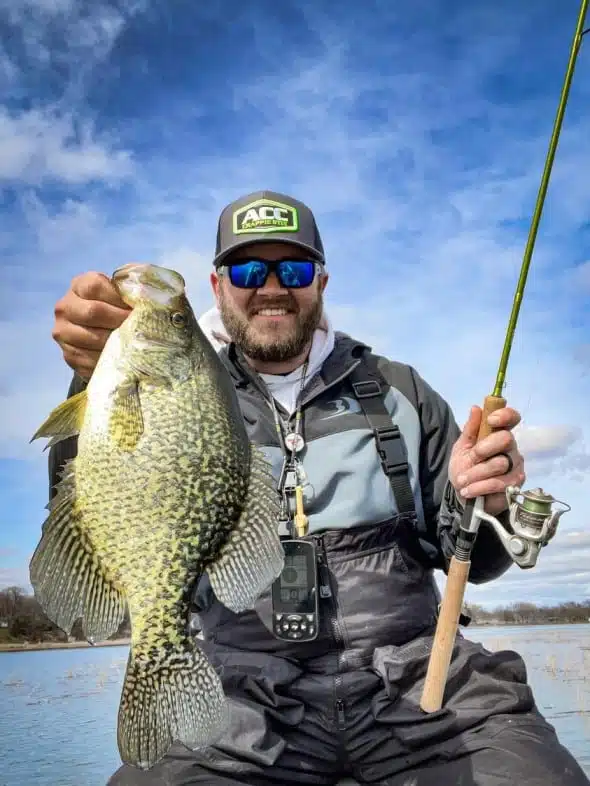
By Greg McCain
Regional bias filters into even things like crappie fishing.
The notion that crappie spawn in late winter or early spring fits into that category. The timing of the spawn across the southern or some of the midsections of the country indeed fits that window. Yet not all crappie live in the South or the Midwest, and the crappie spawn in certain regions much later than common misconceptions suggest.
Take Minnesota, for instance. Entering May, the crappie population in portions of Minnesota were just beginning to show hints of moving toward spawning grounds, but the actual spawn, even in the southern parts of the state, was still weeks away.
Guide and photographer/videographer Brenna Schuette is one Minnesota crappie expert who anticipates the various stages of the spawn.
“We’ve had a very late winter,” Brennan said in early May. “Today was one of the first days of good weather that we’ve had. We’re two to three weeks out on the crappie spawn. Normally it starts at the end of May and runs about two weeks.
“It’s so weather dependent. We could still get snow up here. We could get some brutal cold temperatures and drop the water temperature, and the fish become stagnant.”
A recent outing for Brennan and his father, however, indicated that the spawn was just around the corner. They caught some of their first open-water crappie of the year and threw a few in the livewell.
“When we pulled them out, they had turned black, starting to get those spawning colors,” Brennan said. “That’s telling me, plus looking at the surface water temperature, that it’s going to be at least two weeks here.”
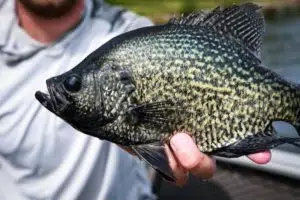
On that outing, Brennan found surface water temps from 45 to 53 degrees. About 200 miles north in Ottertail County, where Brennan fishes frequently, he said, “some of the lakes still had ice a couple of weeks ago.”
Around his home near Hutchinson, about 60 miles west of Minneanapolis, Brennan has his choice of up to 60 lakes with fishable crappie populations. They range from about 100 acres up to about 3,000. Even in the region, the stage of the spawn differs considerably. Some lakes are filled with vegetation while others are void of any weedy growth.
“It’s going to vary so much,” Brennan said. “There will be certain lakes where the spawn is on fire, and go five miles down the road where ice came off later for whatever reason – deeper lake or the way the wind hit it – it could be another two weeks before the fish even think about spawning.”
When the fish do move into spawning areas, Brennan seeks out the freshest vegetation to be found – cabbage, bullrushes, pencil reeds, or coontail – and looks for hard, sandy bottoms. The vegetation has been scarce this year because of the late winter and the heavy snowpack over the ice that prevented light from promoting growth.
Others, many of them bowl-shaped fisheries with deeper water, lack weeds, but the fish still seek out the hard sandy or rocky bottoms to spawn.
“Every lake is different,” Brennan said. “Some have weeks, but go to a different lake, maybe one of the deeper, bowl-type lake, you’re just cruising around with the LiveScope. Usually find the bait and find the crappie.”
For spawning fish, Brennan can often be found sight fishing, the darker black crappie males clearly visible with polarized sunglasses against the vegetation or hard bottom.
“I sight fish for them in four or five feet of water,” he said. “Go in slow with the trolling motor and a good set of polarized sunglasses and pluck fish from right where they are spawning.”
Brennan uses a variety of hair jigs or small tubes on tungsten jigs, “anything to create a minnow profile.” He favors a variety of ACC Crappie Stix rods, specifically mentioning the 12-foot crossover and the eight-foot models.
In post-spawn, which extends from June until September, Brennan targets the outer edges of weedlines, casting or flipping jigs and also trolling crankbaits. The post-spawn on many Minnesota lakes, is characterized by massive schools of crappie, which often fill the full extent of the 200-foot range of LiveScope.
“I really couldn’t put a number on the size of some of the schools that I see,” Brennan said.
One complementary tool that Brennan uses to achieve crappie fishing success is info available from the Minnesota Department of Natural Resources. The DNR samples select lakes in an area each year, and the results allow Brennan to pinpoint quality waters in a particular year.
“They perform net surveys, and the surveys show me how many crappies they have in the nets at certain times of the year,” he said. “The size of the crappies are all documented. If a lake has a certain year class of fish that are 12 to 14 inches, that’s where I am going to fish.”
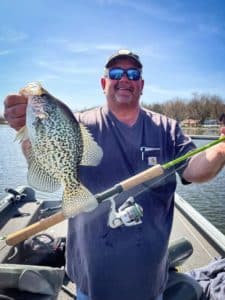
The surveys allow him to put clients on fish, whether for crappie or for the other species prevalent in Minnesota waters. For full details about Mid-Sota Media and Guide Service, follow his page on Facebook or contact Brennan at 320.510.5072.
“I’ve always been a crappie fishing fanatic, so last year I started my panfish guiding service,” Brennan said. “I started running groups here in the middle of May because that’s when the fish get patternable.
“We get a ton of pressure in this area, but people mainly target walleyes. They quit fishing for crappie right after the spawn. They don’t know how to find them, how to target them. I wanted to teach people how to target the fish all the way through the summer.”




